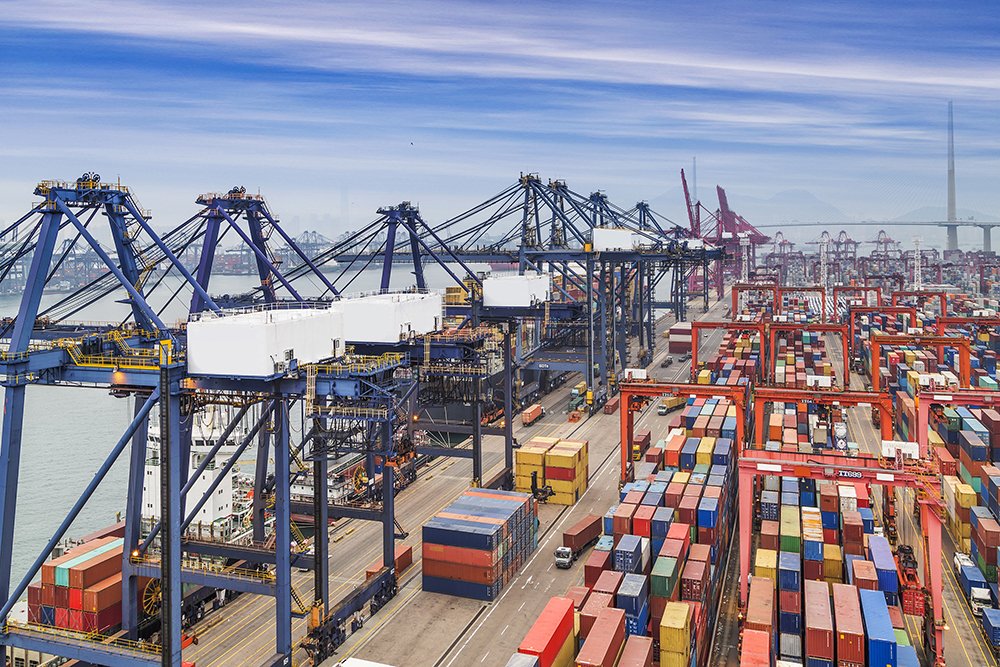Tea Page
KTC Tea Manufacturing
KTC tea manufacturing follows a number of exacting steps, briefly described as follows:
Research & Development:
Research and Development at KTC Pakistan. covers the entire gamut of tea operations from tea selection to delivery. The comprehensiveness of the R&D programme gives the company confidence to technologically brace itself for developing critical capabilities, and meeting global challenges head on.

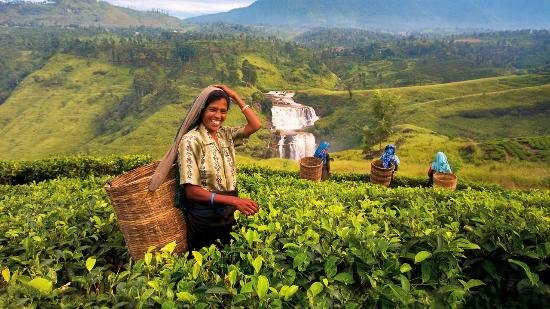
Plucking
Pluckers are specially trained to only select 2 leaves and a bud, which then make up the finest tea blends across the globe. The best quality teas are grown at tea gardens at an altitude of 5000 to 7000 feet above the sea level for optimum taste.
Tea Withering
During the withering process, the leaf is induced to loose moisture substantially to prepare it for further processing. Normally this is carried out by spreading tea leaves thinly on troughs through which warm air is circulated by fans. The average length of withering time depends greatly on the quality of the leaf peculiar to the region.
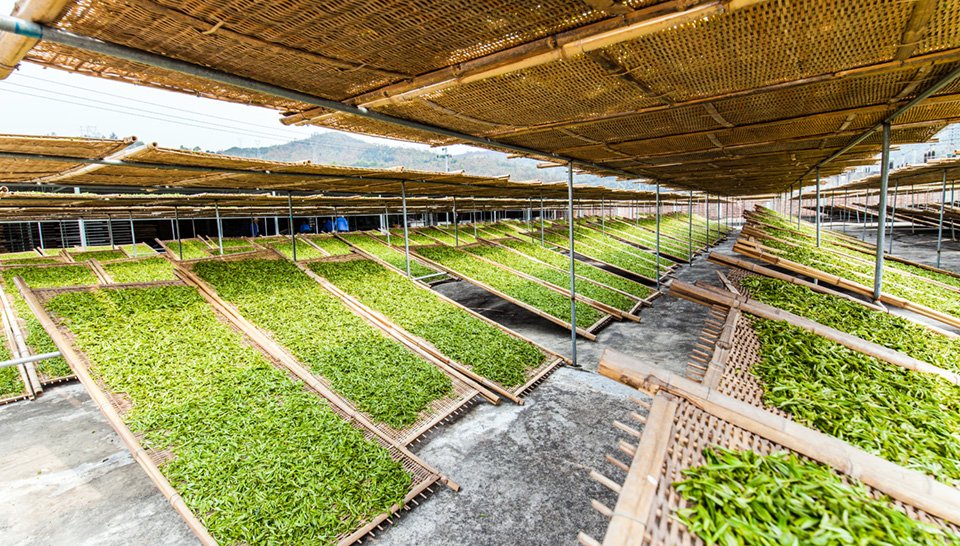
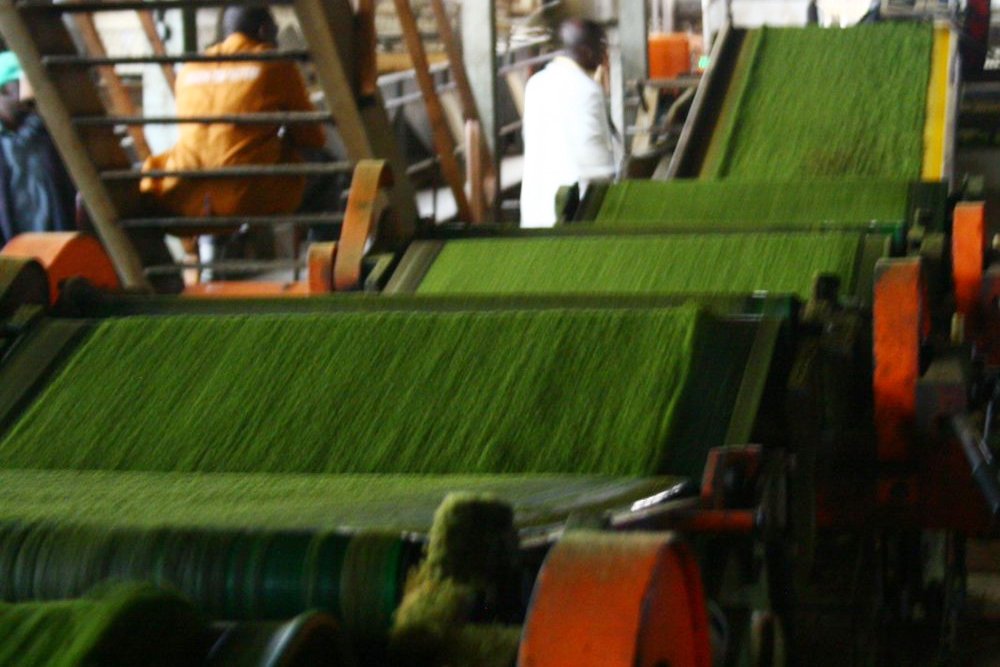
Cut Tear Curl (CTC)
When satisfactory withering has taken place, the leaf is ready for rolling. This process twists the leaf, breaks it up and extracts the juices. The CTC process of rolling is a comparatively rigorous one for the leaf, which is forced through a machine having two steel rollers. The rollers have grooves which cut leaves as they pass through them. Leaves pass though 3 to 4 such rollers, getting reduced in size and their cells are ruptured to enable fermentation.
The nature of grooves in the CTC rollers determines the gradation of tea; BP1, PF1, PD or D1 are the main categories. The process delivers much better, thicker liquor and yields more cups of tea per kg of leaf as compared to the orthodox type of tea.
Fermentation
Normally the tea ferments or oxidizes from 60 to 100 minutes depending upon the leaf quality and on the prevailing climatic condition. Low humidity conditions retard fermentation, hence cool humid condition are essential to enable larger retention time for fermentation. This produces blacker, grainy and heavier teas. The character of the tea develops significantly during the fermentation process.
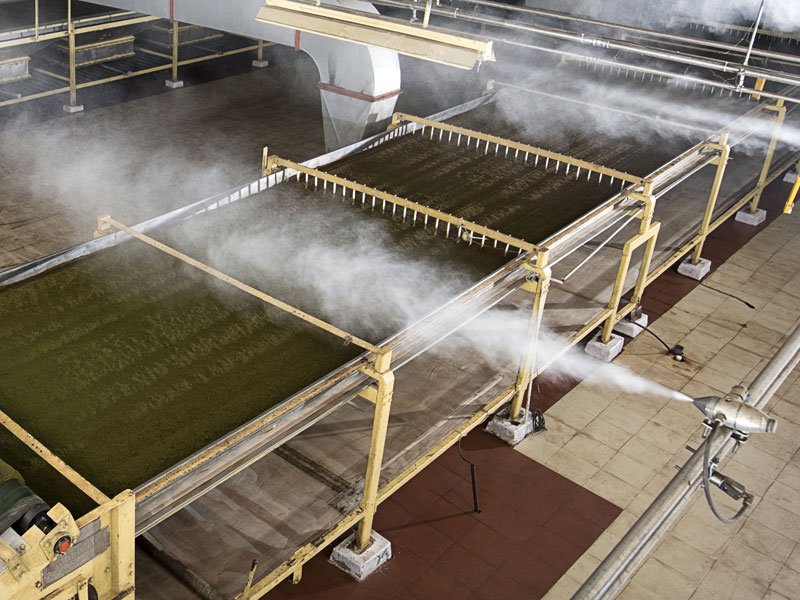

Drying – ready to be graded
The next process is known as drying. The objective of drying is to i) arrest fermentation and ii) remove moisture and produce teas with ideal qualities. The mass of leaf is exposed to hot air when it passes through a chamber with perforated moving trays. The temperature of the air blowing through the chamber is rigorously maintained. It takes 15 to 30 minutes to dry the leaf, so the enzymes are fully deactivated. After completion of the drying process, the tea becomes fully black in color.
Sorting and Grading – quality is judged
Sorting is the operation in which tea granules are separated into various grades confirming to trade requirements. The process of sorting has two objectives a) to enhance the value and b) to impart quality. The basic sorting procedure follows a set pattern:-
i) While the tea is still relatively warm, it is first passed through the minimum of four slow speed electrostatic fiber extractors to clean it of floating fibers.
ii) The next stage is to divide the bulk tea into grades by passing through the meshes of 24, 20, 16, 10 and 6 to establish the grades.
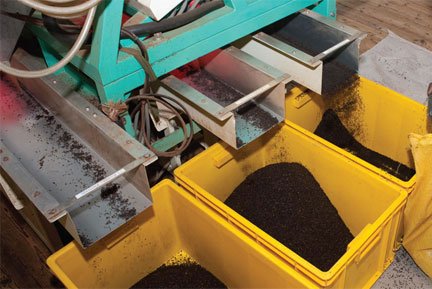
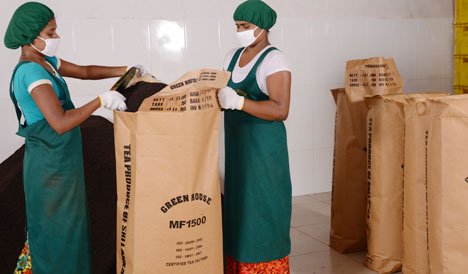
Storage & Packaging – ready for blending
Tea is a markedly hydroscopic material which mean while cooling and sorting it absorbs moisture. Before packing tea, the accumulated series of daily batches of each grade are bulked and mixed to obtain the highest possible degree of unity. Before packing, tea is passed under powerful magnets to prevent possible pieces of iron mixing with the tea.
Packing is the process of preserving the product, using cost effective yet the most appropriate material, taking into account the product properties and the specific needs of the end user.
Trading - Selection & Sampling
Tea is sold through private contracts or by auction system. The brokers taste the tea samples, and set the value according to the market conditions.


Auction Process - the best is selected
The brokers then forward the samples to those companies who are entitled to operate in the weekly auctions. Catalogues are printed with details of the tea gardens, grades etc. The complete set of pre-auction samples, along with the catalogues, are sent to tea companies like KTC Pakistan so they can taste, evaluate and bid on them in the auction.
Tea Procurement At KTC – the choice of experts
The skilled tea tasters at KTC Pakistan perform the organoleptic tasting of nearly 200 cups daily to select the best quality tea for various blends and procure them in the auction through nominated suppliers. Purchased teas are transported through containerized shipments from their country of origin to reach the factory in the best condition possible.
